I’m currently reading the book The Power Within: Discovering the Path to Elite Goaltending.
It’s written by ice hockey goalies but mostly discusses the mental and psychological aspects of playing goaltender, which are totally transferrable to a lacrosse goalie.
In fact, simply replace the word “puck” with “ball” and “ice” with “grass” and the book is about lacrosse goalies instead of ice hockey goalies.
One of the concepts they talk about in the book is called the “Four Stages of Development“.
In this post I want to share this concept with you because it applies not only to becoming an All-Star lacrosse goalie but to just about type of athletic or professional trade.
By understanding where we are on the development cycle in our lacrosse goalie careers, we can help understand what it will take to get us to the next level.

The initial stage in a lacrosse goalie’s career begins the moment we first strap on our helmet, chest protector, and gloves and pickup our goalie stick.
We have no idea what we’re doing. We have no idea how to be a lacrosse goalie. We don’t even know what we don’t know.
We may have watched some lacrosse games on television or even seen and played in live games but having a lacrosse ball come at you at 90 miles per hour is such a foreign feeling that we cannot properly execute the skills needed to make save.
We’re also totally unaware of what we’re doing. Even when we make a rare save we are really unaware of how it was done.
I remember the first time I faced a crank shot from a teammate who was left unguarded in a drill. I had no idea about the proper save mechanics. I just tried to emulate what I had seen our starting goalie do in games and drills.
I didn’t know how to setup in a perfect lacrosse goalie ready position. I just held the stick in a way that was comfortable for me.
We’ve all been in this first stage of development in our goalie careers.
As we spend more time learning the theory of making lacrosse saves, performing numerous lacrosse goalie drills, and facing shot after shot on the field we become more conscious of our movements and more competent when making those movements.
As we gain more experience, we start to get a better understanding of the position.
We also begin to execute the basic and intermediate components of the save technique like driving our top hand to the ball, stepping with our lead foot and following with a trail step and bottom hand.
We understand how to hold our stick and body in the right way to give us the best chance to possible to make a save.
We start to understand how to setup on an arc to reduce the distance we need to cover to make a save.
But in this stage of your career, we’re still incompetent at executing the movements fluidly.
We have not yet developed the muscle memory that comes with hours and hours of practice and repetition.
So while we are aware of what we need to do (Conscious), we can’t really do it yet (Incompetent).
Goalies who start their career at a later age, like me, may find that they start in this stage. If you’ve played another position like attack or middie and then make the switch to goalie perhaps you’ve seen goalies in action long enough to know what a lacrosse goalie needs to do to stop the ball.
But you have no experience doing it with your own body. And you have no experience being on the other side of a 90 MPH shot.
Therefore the focus of this stage is learning the movements and executing them enough times through lacrosse goalie drills and live shots to begin developing that muscle memory.
In the next stage of lacrosse goalie development we’re aware of what we need to do to make consistent saves.
We have all the knowledge needed to be a save machine however we have to exert high amounts of mental energy in order properly execute.
Put simply – we have to think about it.
An example of this stage might be the intermediate goalie who understands how to setup in a good ready stance and understands where he/she should be on their arc however they have to put considerable amount of thought and energy in order to do it the right way.
When the shot comes they have to think about it before activating the right muscles to make a save.
Unfortunately, having to think about movements could be the delay that results in a goal and not a save.
Finally we reach stage 4: unconscious competence; the mecca for lacrosse goalies. The stage we all strive to enter.
After years of developing your lacrosse goalie skills and your comfort with facing shots our bodies have the muscle memory needed to make saves without expending the mental energy.
We can unconsciously drive our top hand the ball or rotate our stick to make an off-hip save.
This is the stage that all the top goalies in the NCAA and MLL live in. They are animals who act on impulse and react to the shots almost naturally.
Their bodies are programmed to react in certain ways through years and years of goalie drills and repetition.
Without having to think about the technical elements of making a save the goalie’s mind is free to communicate with his defense and be a leader on the field.
There’s a saying that playing goalie in lacrosse is 90% mental. This is the exact reason we strive to get to stage 4 we’re not worrying about the physical element of our game.
The elite goaltender understands that they must focus most of their energy and time on the mental aspects of the position that are the most important.
I want to make an important point. While the image above may suggest otherwise, there are no ages associated with the four stages of lacrosse goalie development.
Goalies are introduced to the sport at different ages and develop at different rates. Some goalies like me don’t start playing in goal until college while others start blocking their brother’s shots in their backyard at age 6.
No two lax goalies will learn the subtle intricacies of lacrosse goalie movement at the same rate, therefore categorizing these stages into age groups is incorrect.
Another interesting point is that these stages can be applied to individual elements of your lacrosse goalie game too.
Perhaps your save technique is in one stage but your clearing and passing ability are in another stage. Maybe you’re excellent at high shots but struggle to execute the technique needed to make the low saves.
Maybe your save ability is great but you lack the leadership and knowledge to be the leader of the defense.

As you can see, the four stages of lacrosse goalie development is a great way to explain not only the path to an elite lacrosse goaltender but also how we evolve as athletes in any sport.
This model also works for many things in life, like learning to drive.
What is so interesting to me is the path that lacrosse goalies take to get from one stage to the next. No two are alike and most often goalies will spend different amounts of time in each stage.
Each goalie is different especially in the sport of lacrosse where we see many different styles of goalie play. That’s what makes this model such a great weapon for self-reflecting and personal growth.
Think about it: What stage are you currently in? What do you need to do to reach the next stage?
Write it down.
Now the million dollar question: are you willing to do that?
If you’ve ever wondered the path that lacrosse goalies take from being absolute newbie to being an All-American on Division I NCCA team, this is it.
It’s called the 4 Stages of Development and its an important concept to understand because no matter what stage you’re currently at in your lacrosse goalie career, the more time you reflect on where your skills lie, the more aware you become of what your body and mind are doing.
And the more aware you become, the more likely you are to improve your weaknesses and build upon your strengths.
Once we enter the final stage, our minds are free of thinking about how to make saves, we just react. Like Zen Buddhist lacrosse goalies 🙂
Finally, be sure to check out the book The Power Within: Discovering the Path to Elite Goaltending. The 4 Stages of Goalie development is just one of the things I learned from this book.
More to come…
Until next time! Coach Damon
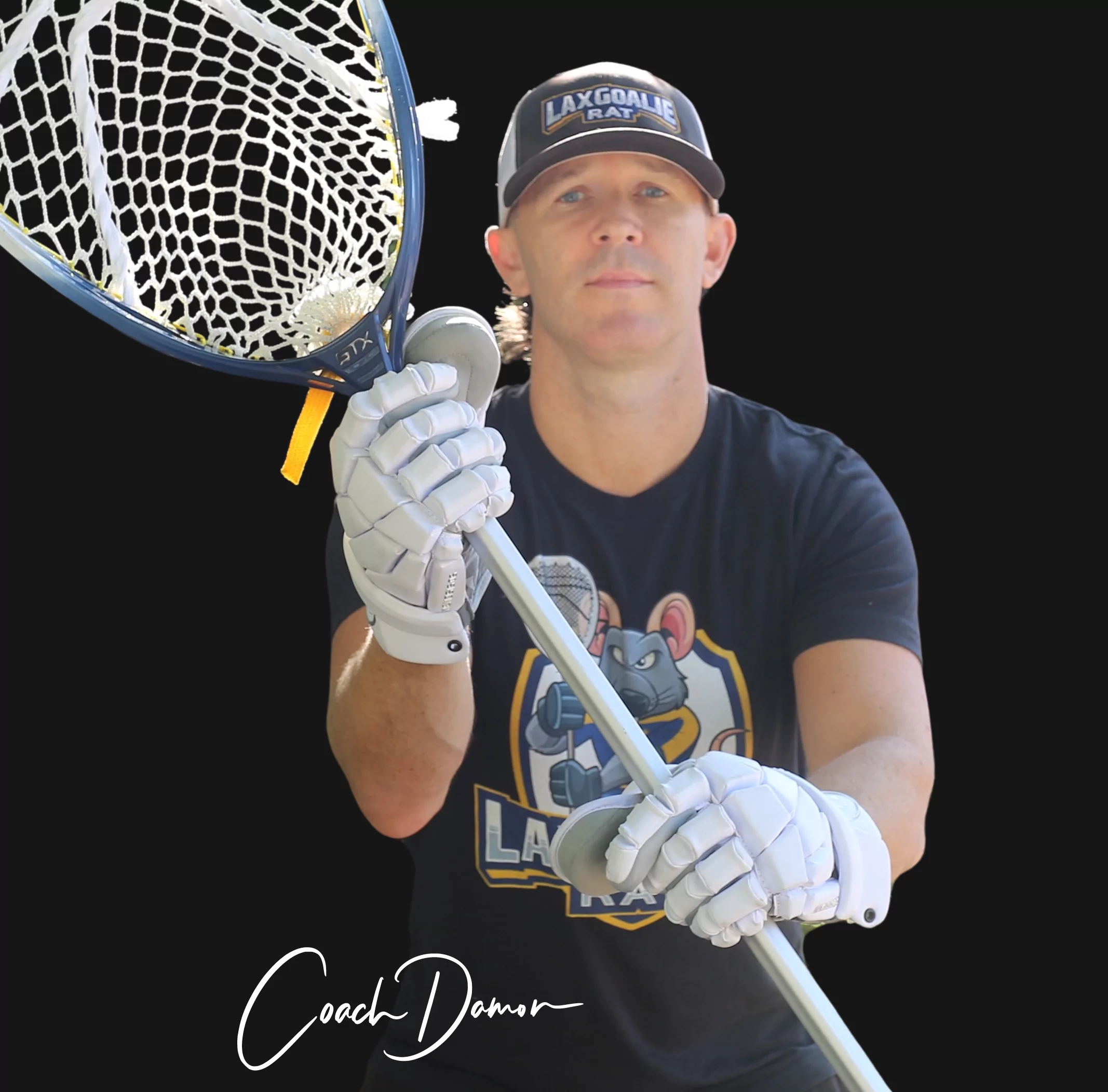







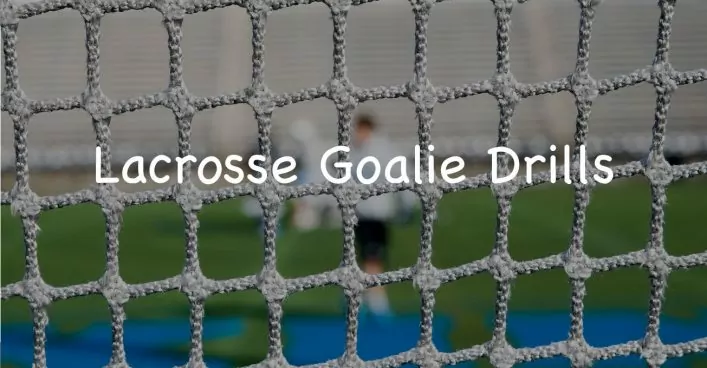 14 Amazing Lacrosse Goalie DrillsAug. 1, 2024
14 Amazing Lacrosse Goalie DrillsAug. 1, 2024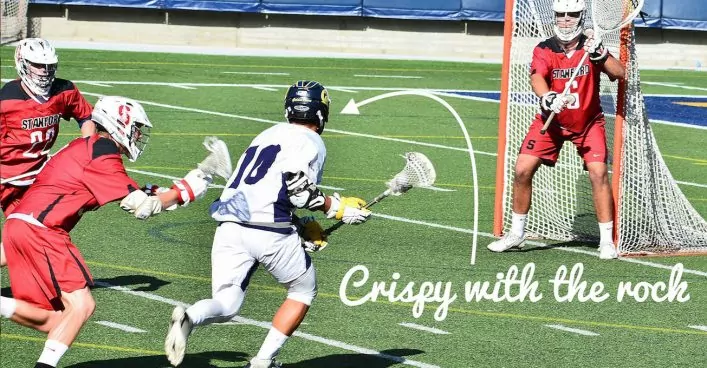 Quick Guide To Lacrosse Slang TermsApril 14, 2025
Quick Guide To Lacrosse Slang TermsApril 14, 2025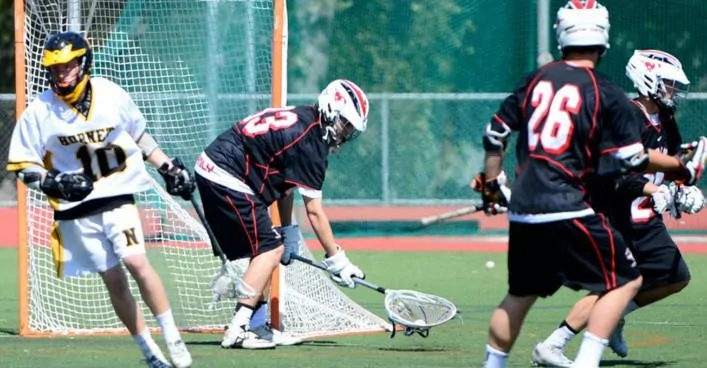 Lacrosse Goalies Rules To KnowJune 28, 2022
Lacrosse Goalies Rules To KnowJune 28, 2022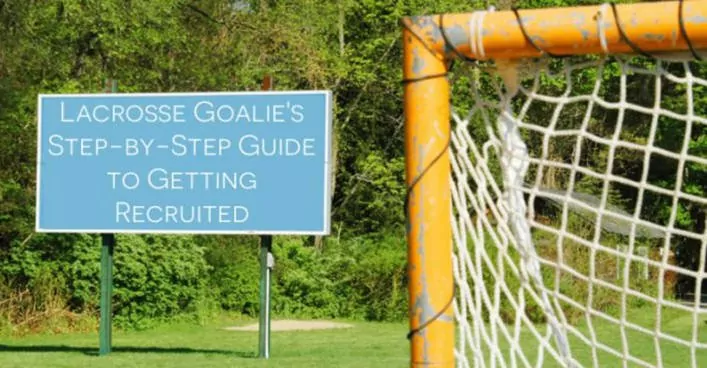 Lacrosse Goalie Step-by-Step Guide to Getting RecruitedFebruary 6, 2022
Lacrosse Goalie Step-by-Step Guide to Getting RecruitedFebruary 6, 2022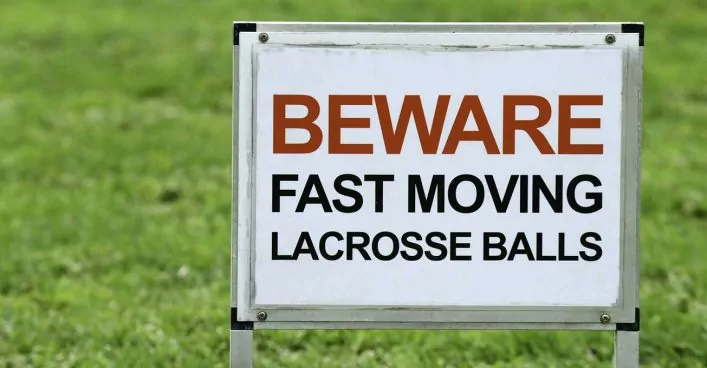 18 Lacrosse Goalie Drills to Improve Your GameApril 24, 2025
18 Lacrosse Goalie Drills to Improve Your GameApril 24, 2025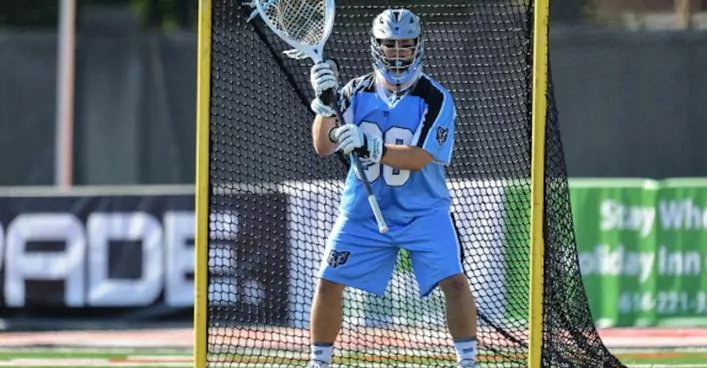 7 Elements of a Great Lacrosse Goalie StanceAug. 1, 2020
7 Elements of a Great Lacrosse Goalie StanceAug. 1, 2020 12 Lacrosse Goalie Tips To Take Your Game to the Next LevelSeptember 10, 2024
12 Lacrosse Goalie Tips To Take Your Game to the Next LevelSeptember 10, 2024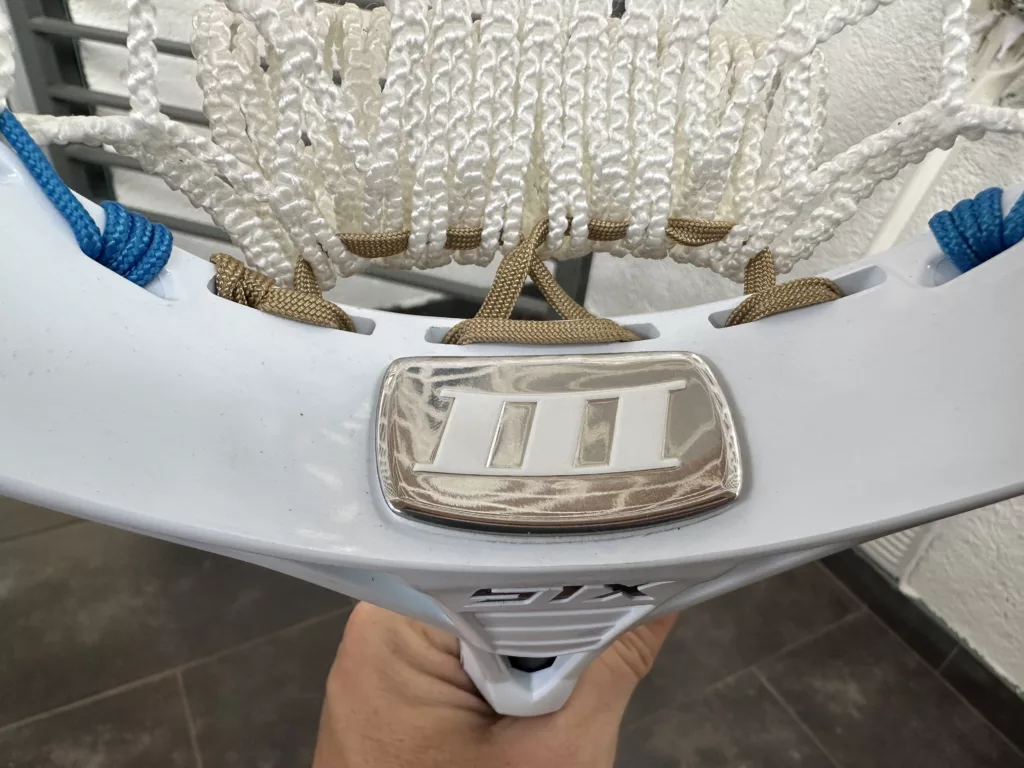 STX Eclipse 3 Goalie Head ReviewApril 24, 2025
STX Eclipse 3 Goalie Head ReviewApril 24, 2025 Lacrosse Goalie WorkoutAug. 12, 2019
Lacrosse Goalie WorkoutAug. 12, 2019 The Basics of Making a SaveJune 29, 2021
The Basics of Making a SaveJune 29, 2021


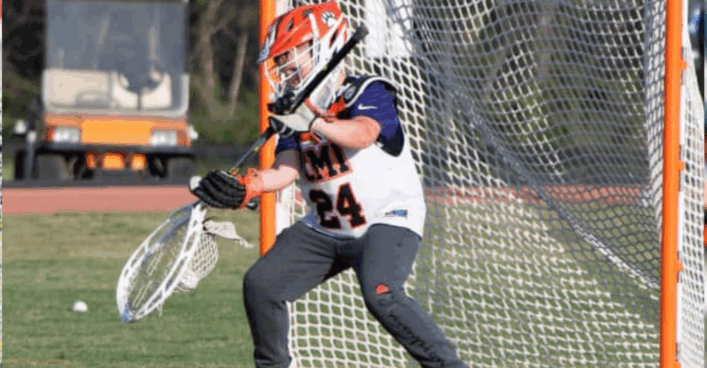

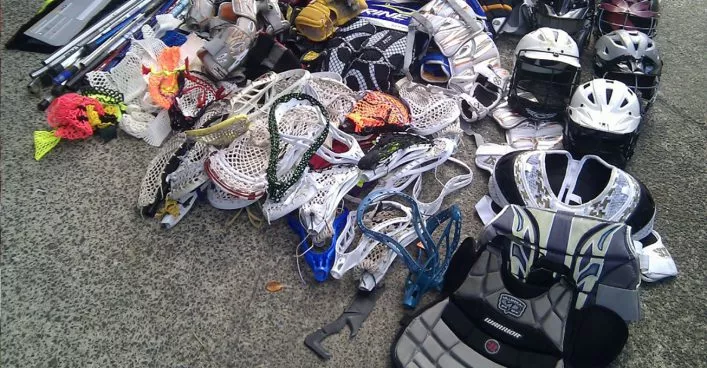

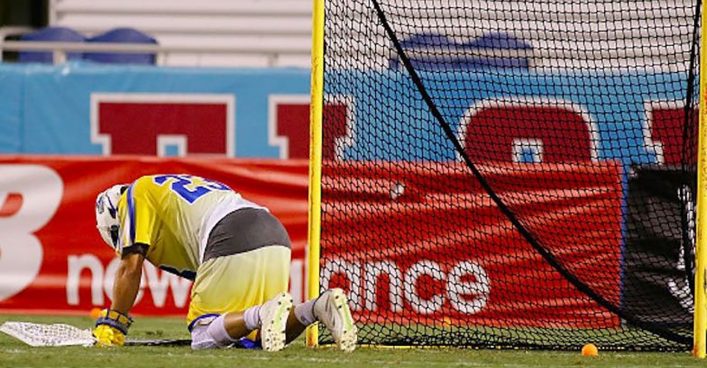
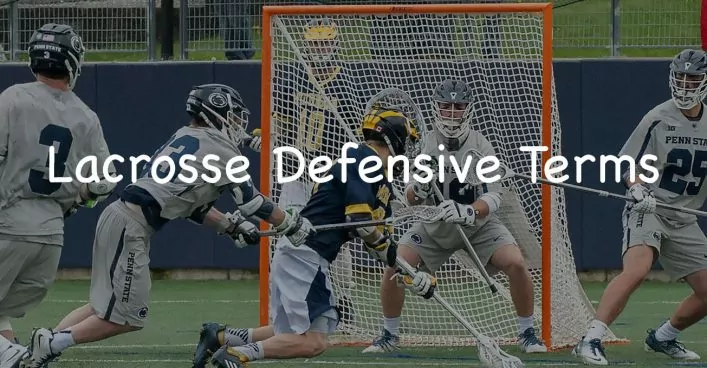
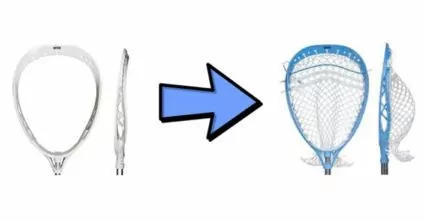





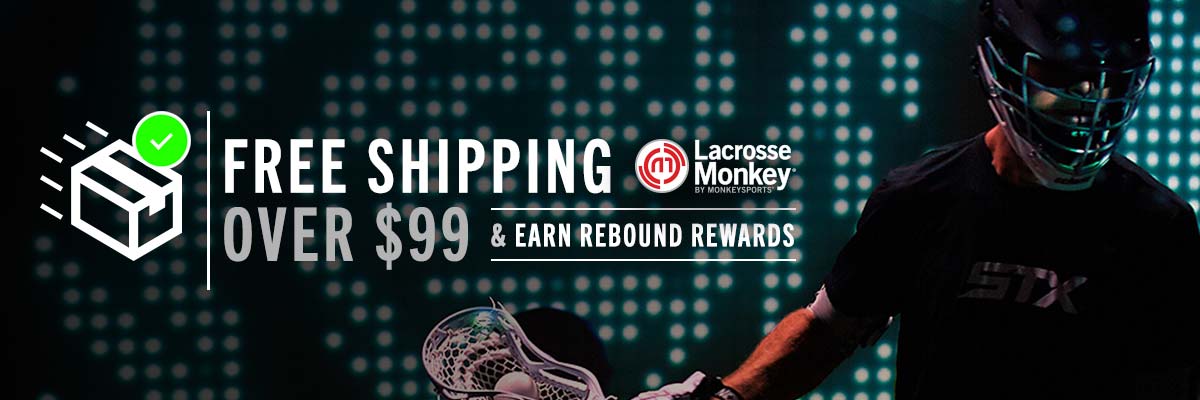

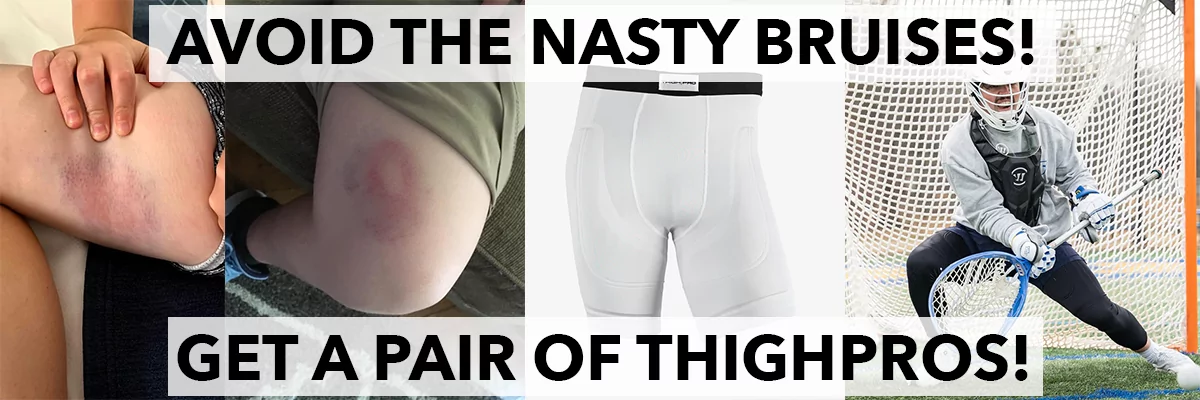

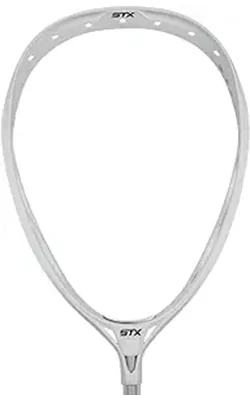


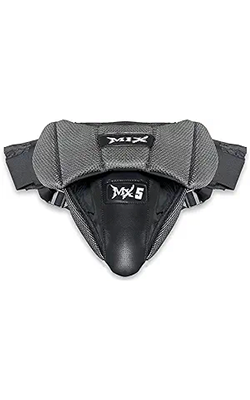

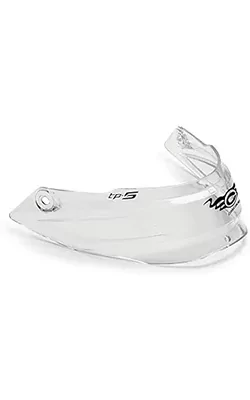
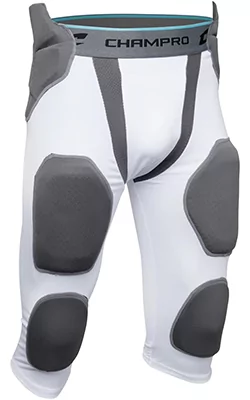




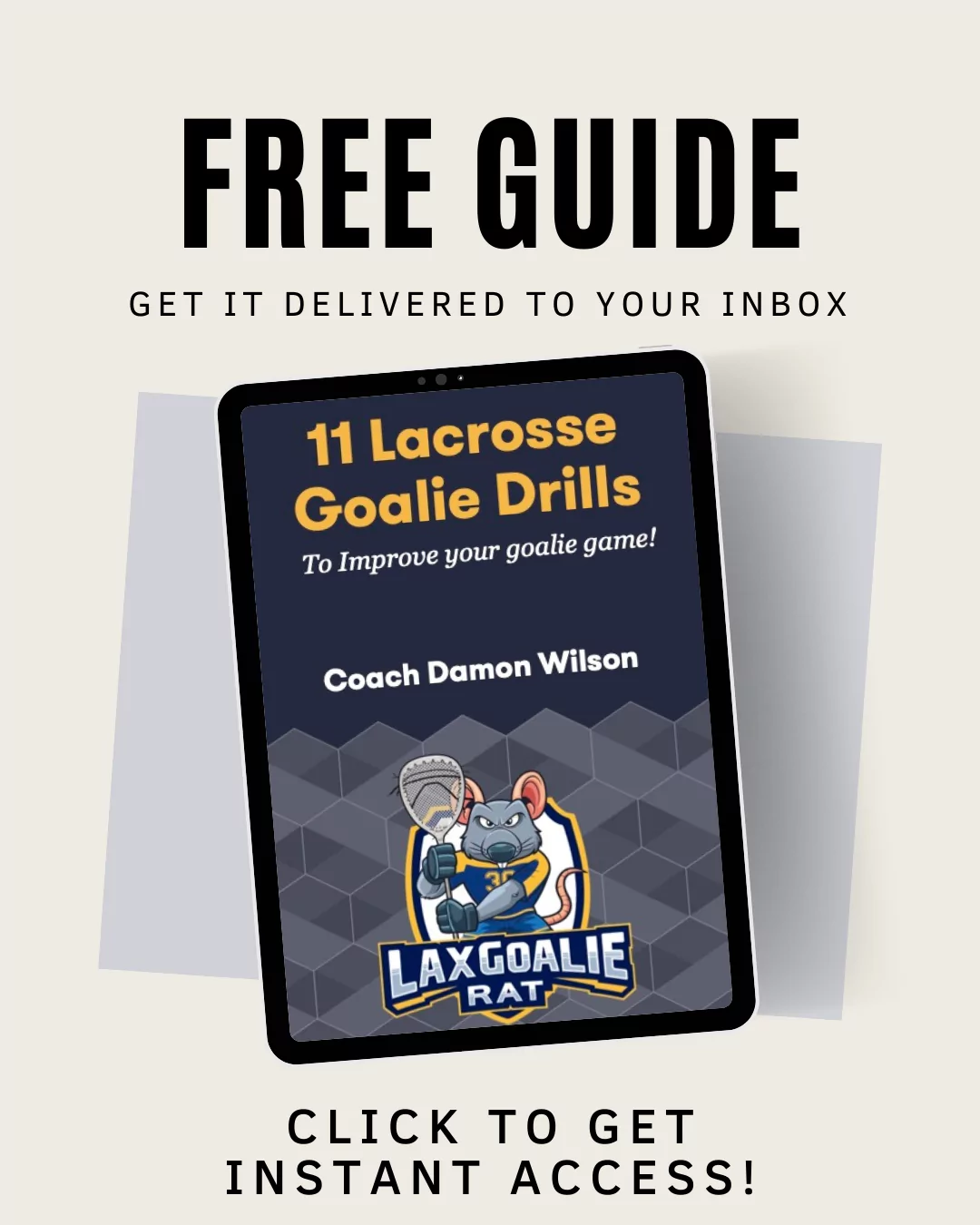
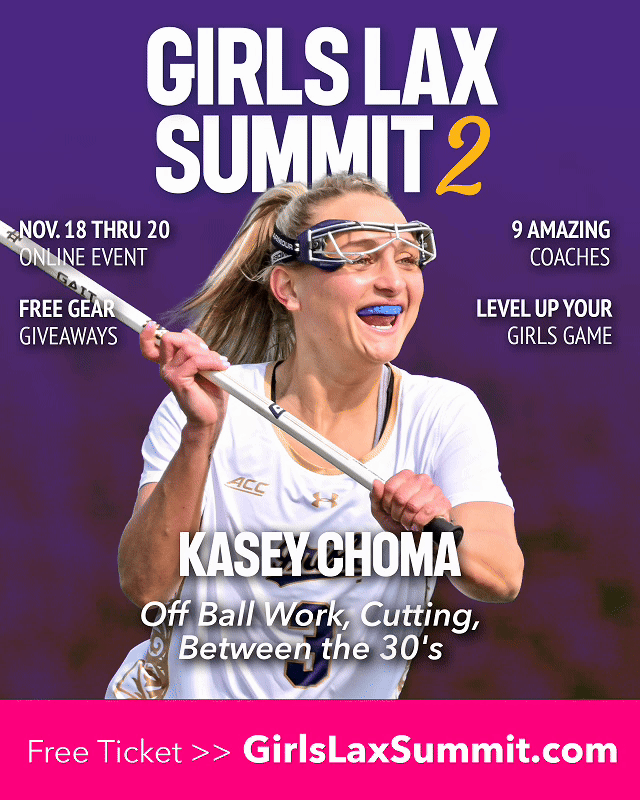

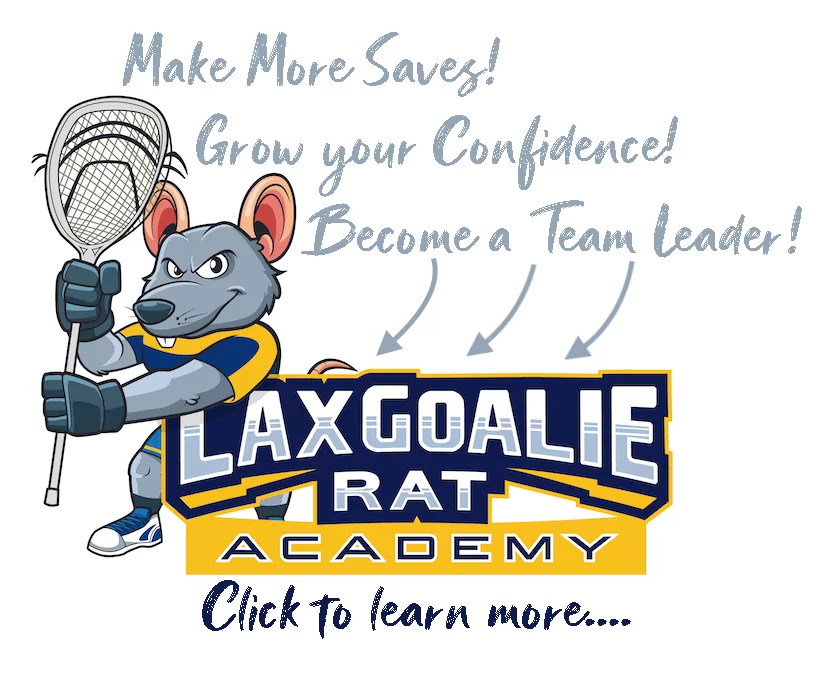

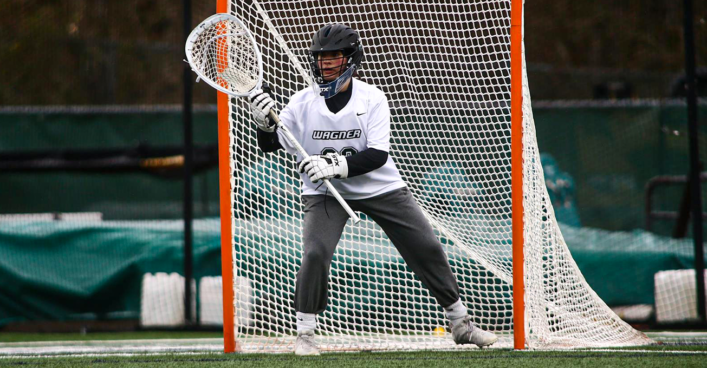
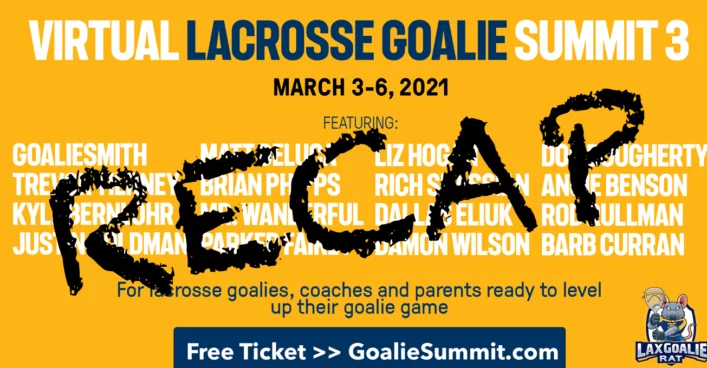
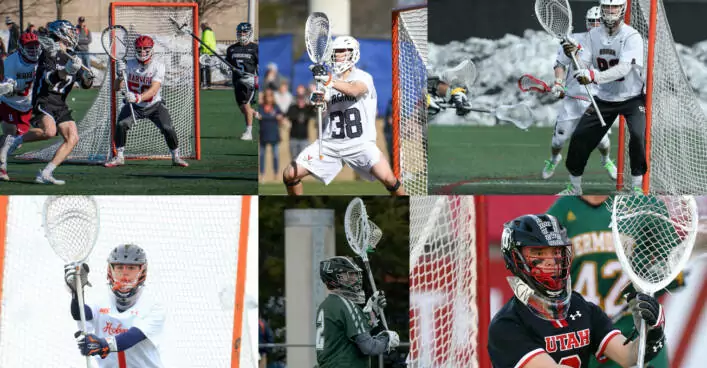
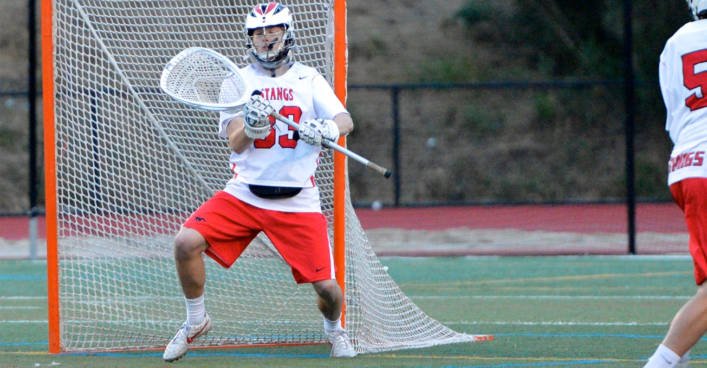

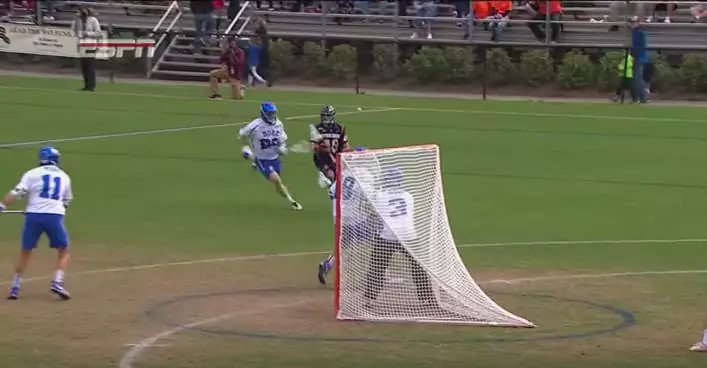









Love this post, love the focus on the work ethic and the hours needed – it’s applicable both on and off the field!
One thing I think young players (not just goalies) need to realize is the existence of a 5th (and fatal) option – False Competence (patent/book pending). I see way too many young players who have been playing a little while, maybe longer than some of their peers, and who’ve maybe had some success – so they start to hit that stage of conscious competence. Then, they take a hard right off the chart and end up being the guy who won’t take instruction from coaches (because he knows better), who’s a bad teammate (b/c he know he’s better than you). I like the idea of always striving to improve, but it takes all those hours and all those mentors to get you past that False Competence and into the unconscious competence level!
Hey Greg! Totally agree! Being coachable is perhaps the best trait a lacrosse goalie (or any player) could have. Sometimes kids think they know too much and forget the basics. All-American lacrosse players dominate the basics and practice them everyday! Thanks for the comment! Coach Damon